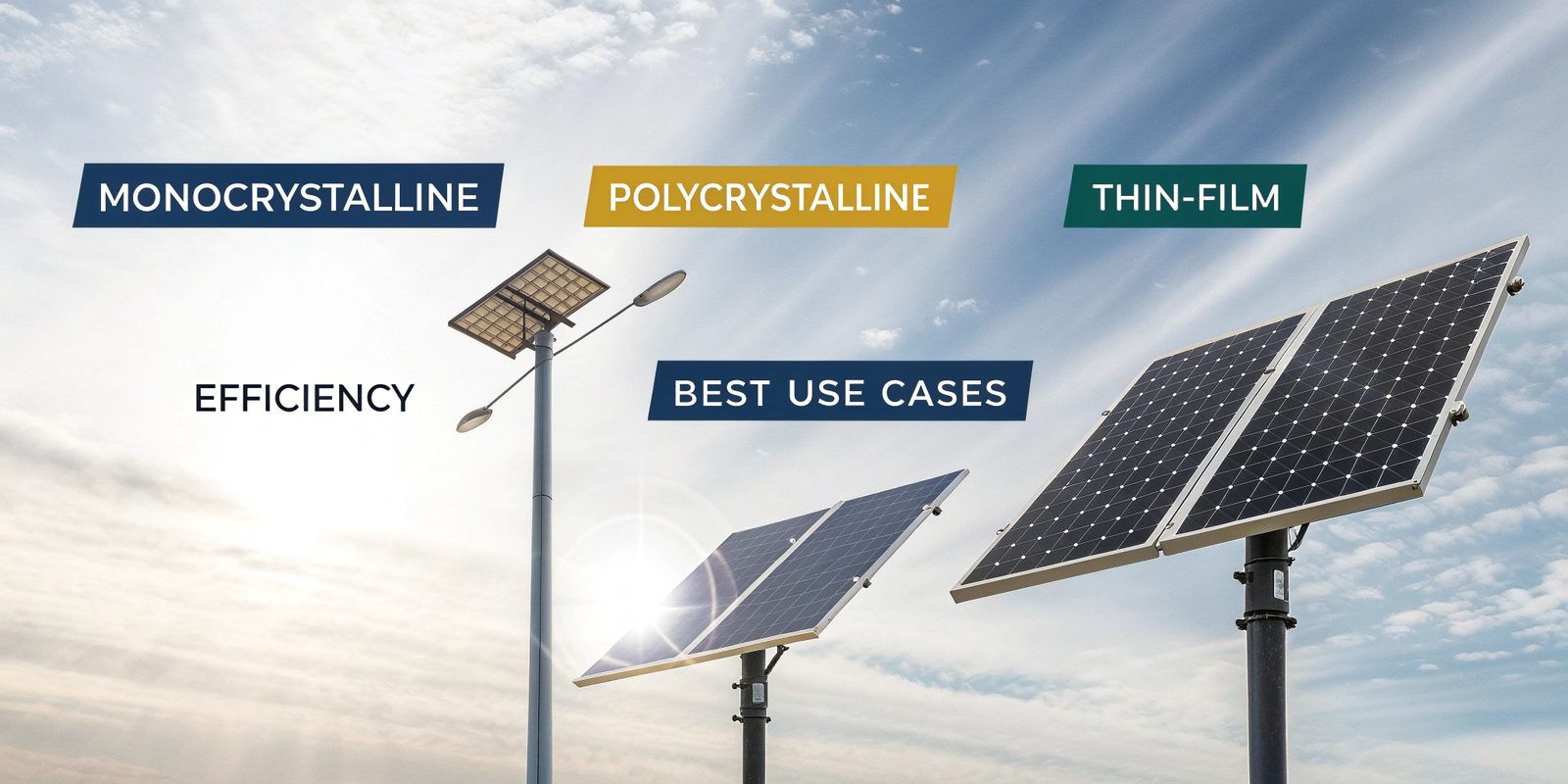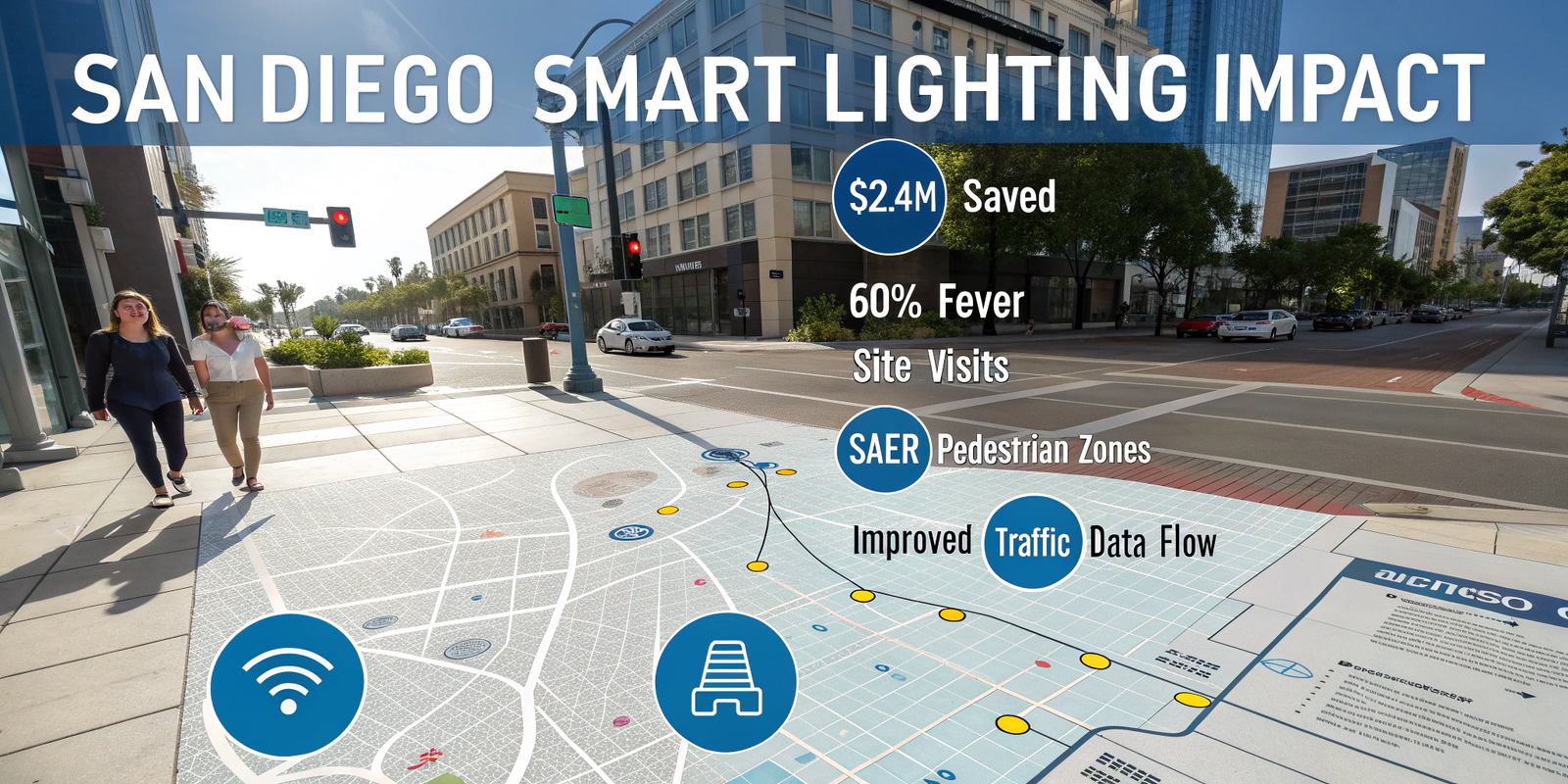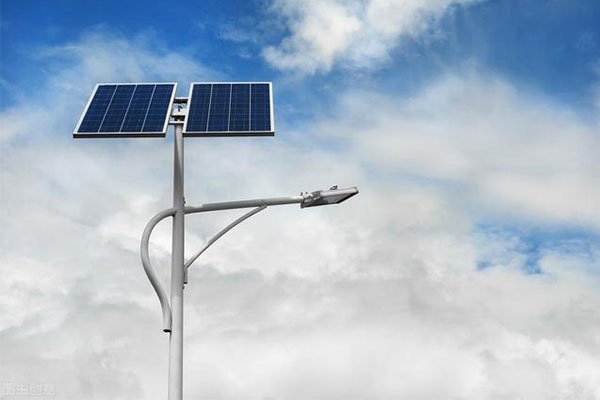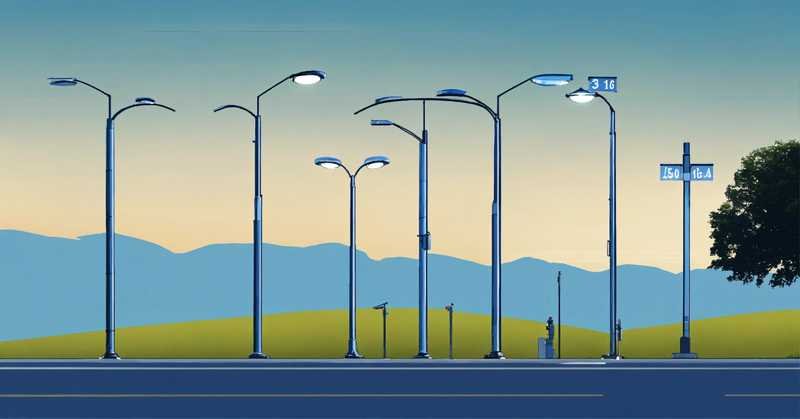Traditional streetlights are costly, power-hungry, and outdated.
Smart solar streetlights combine clean energy, automation, and digital intelligence to redefine how cities light their streets and serve their citizens.
As cities race toward smarter, greener infrastructure, lighting is often the fastest upgrade with the most visible results. These lights are not just lamps—they’re sensors, communication nodes, and energy-saving tools. Let’s unpack how they work, where they’re used, and why they’re essential.
The Rise of the Smart City?
Smart cities are built on intelligent, responsive systems.
A Smart City uses connectivity, automation, and data to improve how urban spaces function—from transport to energy to safety.
Smart solar streetlights operate at the intersection of all three. They’re independent, adaptive, and data-driven. As governments push for net-zero emissions and improved urban services, intelligent lighting becomes a foundational technology in city transformation.
What Are Smart Solar Streetlights?

They’re not just solar panels on a pole.
A smart solar streetlight is an all-in-one, off-grid lighting system with built-in sensors, controllers, communication modules, and renewable power sources.
🔧 Key Components:
- Solar Panel: Captures sunlight and generates electricity
- Battery (LiFePO4 recommended): Stores energy for nighttime use
- LED Fixture: Bright, energy-efficient lighting source
- Smart Controller: Manages charging, lighting, and sensor input
- Sensors: For motion, ambient light, air quality, etc.
- Communication Module: LoRa, Zigbee, GSM, or WiFi for cloud connectivity
These systems are ideal for cities with aging infrastructure, grid instability, or sustainability mandates.
How Do Smart Solar Streetlights Work?
They may look simple, but their operation is highly intelligent.
Smart solar lights detect motion and ambient light, adjust brightness dynamically, and transmit operational data to remote systems.
⚙️ Typical Operation:
- Daytime: Solar panel charges the battery
- Dusk: Light sensor triggers the LED to turn on
- Motion Detected: PIR sensor boosts brightness temporarily
- No Movement: Light dims to conserve energy
- Data Sent: Info on power usage, battery level, and faults is sent to the cloud
- Cloud Monitoring: Admins adjust settings, receive alerts, and monitor performance remotely
This automation reduces human workload and makes lighting systems adaptive and intelligent.
7 Powerful Applications of Smart Streetlights in Smart Cities

Smart streetlights are urban infrastructure + IoT rolled into one.
Security and CCTV Integration
Combine with cameras to enhance night surveillance and safety.Air Quality and Environmental Monitoring
Detect pollutants, temperature, humidity, and send real-time environmental alerts.Traffic and Pedestrian Analytics
Count vehicles or foot traffic for traffic light optimization and urban planning.Smart Parking Support
Assist parking systems by detecting space availability and sending data to apps.Energy Optimization
Adjust brightness by traffic levels, weather, or energy storage status.WiFi Hotspot Extension
Provide limited public internet access via integrated modules.App Integration for Citizens
Sync with city apps for emergency alerts, route guidance, and live updates.
These uses improve public safety, resource efficiency, and citizen experience.
Key Benefits of Smart Solar Streetlights
The return on investment for smart solar streetlights goes far beyond lighting. These systems improve efficiency, reduce operational costs, and generate real-time insights that support smarter urban development. Here are the core benefits:
💡 Up to 80% Energy Savings
By combining solar power with LED technology and intelligent dimming, smart streetlights can cut energy use by as much as 80% compared to traditional HID lighting. Adaptive lighting ensures the system only uses full power when necessary, minimizing energy waste without compromising safety.🛠 Lower Maintenance and Operational Costs
Remote monitoring allows city managers to detect failures or malfunctions instantly, often before citizens even notice them. With fewer physical inspections and quicker response times, cities save significantly on labor, replacement parts, and emergency repairs.🌍 Reduced Carbon Emissions and Off-Grid Independence
These systems operate entirely on solar power, meaning zero reliance on fossil fuels or grid electricity. Each unit contributes to local and national climate targets by minimizing CO₂ output and reducing strain on urban power infrastructure.🧠 Data-Driven Urban Planning and Efficiency
The lights do more than illuminate—they collect data. Information about traffic flow, pedestrian activity, environmental conditions, and system performance can help planners optimize city layouts, manage resources better, and prioritize infrastructure investments.
These combined advantages make smart solar streetlights a strategic asset—not just for lighting streets, but for powering smarter, more sustainable cities.
Real-World Use Case: San Diego, USA

San Diego installed over 3,000 smart solar streetlights as part of its Smart City strategy.
- $2.4M saved on energy in 4 years
- Traffic data used to improve signal timing and reduce congestion
- Safer pedestrian areas were identified and prioritized
- 60% fewer site inspections thanks to cloud-based remote diagnostics
This is just one success story showing the technology’s long-term value.
The Market Outlook for Smart Solar Streetlights
Growth is accelerating fast—and globally.
By 2027:
- 🌍 Global market to reach $14+ billion
- 📈 CAGR of 14.7% from 2020–2027
- 🏙 Over 1,000 Smart City projects under development
Smart solar lighting supports public-private partnerships (PPP), disaster recovery zones, rural electrification, and climate policy mandates.
Conclusion: The Future of Urban Lighting Is Smart and Solar
Smart solar streetlights are more than modern tech — they’re a cornerstone of the smart city vision.
They offer:
- Autonomous, off-grid operation
- Real-time control and analytics
- Safer, greener, more efficient streets
- Fast deployment and long-term savings
If you’re designing the cities of tomorrow, smart solar lighting is where intelligent infrastructure begins.







